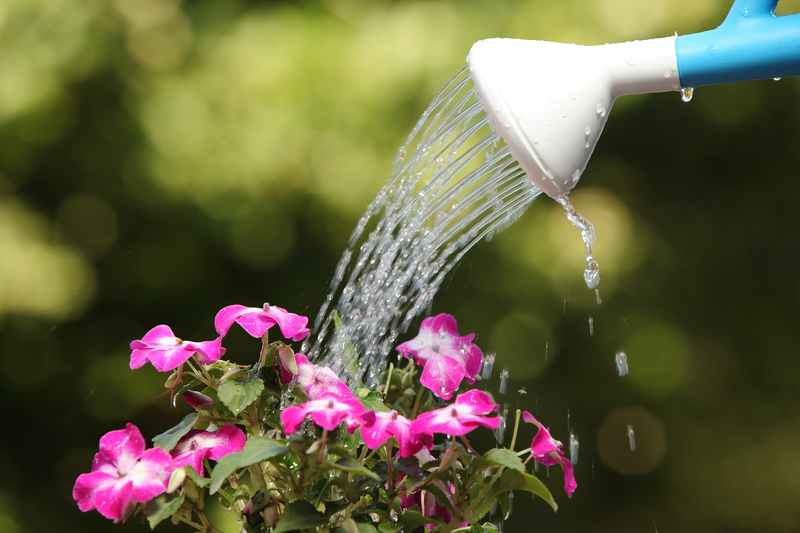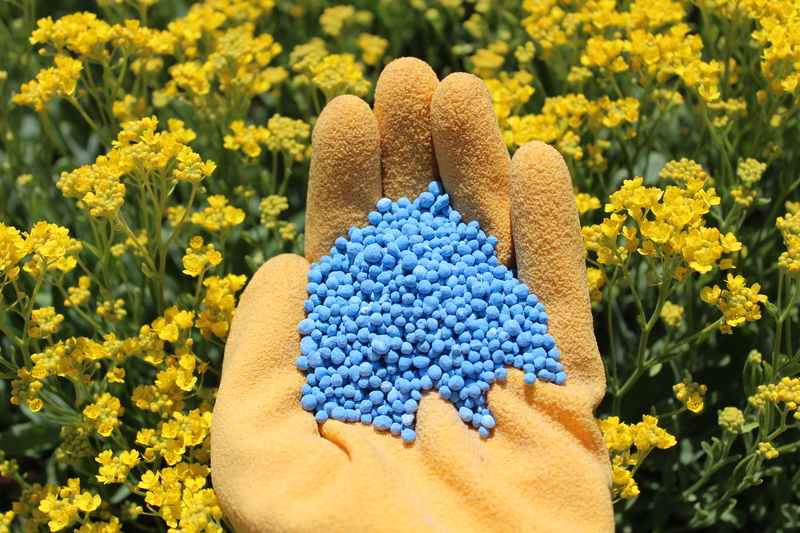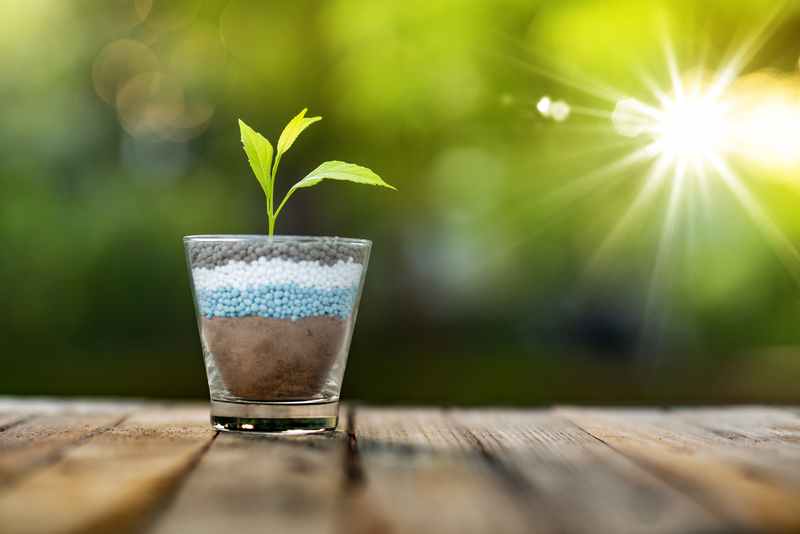
As a lover of flowers, you are probably someone who has beautiful marigolds growing in your garden. These flowers are fairly easy to grow and maintain and are a great way to brighten up the whole space.
However, there are a few issues that people seem to face when growing marigolds. One such problem is the strange discoloration of the leaves which suddenly start turning purple. To understand the reason for this, we will share several possible reasons and their solutions below.
What are Marigolds?
Before understanding how to fix this strange problem, it is a good idea to get a sense of the flower, what it is and how it can be grown successfully. Marigolds are one of the more commonly found flowers in gardens and among bedding flowers.
Their warm color and foliage are perfectly synced and they complete their life cycles in a single growing season. The blooms can vary considerably when it comes to size and construction, within a species and among different species as well.
It can be a single petal flower to a large double petal blossom though all have similar characteristics. Marigolds are typically planted in the spring or in nursery starts . They are very fast-growing plants and will bloom to maturity in only a matter of a few months after being planted.
They can also be propagated quite easily. For planting outside as outdoor blooms, you can start the seeds indoors for eight weeks, while it is still cold outdoors. They can then be shifted outside to grow in warm temperatures.
How Should You Care for Your Marigold?
Marigolds are fairly easy and low maintenance, once seeded and established. They are also generally pest-free. They sometimes work so well against pests that they are often planted to help deter them. They can continue to bloom non-stop during the summer months.
However, to achieve this level of blooming, you need to keep your flowers dead-headed, which is constantly maintaining the marigold by removing its dead flowers.
The extreme heat of the summer can likely slow down the vigor of the flower and its blooming but that will resume as the temperature slowly decreases.
To maintain your flower, you should have a thorough understanding of some important aspects.
Lots of Natural Light
Marigolds grow best under the sun. Be sure to grow your flowers in sunny areas, as shady conditions can weaken the health of your flowers making them flimsy and causing them to not flower abundantly.
Maintained Soil
Marigolds are generally quite adaptive and therefore, not fussy. Most garden soils that have the proper nutrients should keep the flower growing happily and well. The soil should not be too acidic but maintain a neutral PH from 6.0 to 7.0. They also prefer soil that is leaner are not filled with rich organic matter.
Water Regularly
Water is important as it is for most plants, and the times at which you give it are also quite crucial. When seeded, you will need to regularly water it for it to grow correctly. Once planted outdoors, you need to be aware of the temperature.
If it is too hot outside your should water it daily. If not, be sure to still water the flower once every few days, it should not be left in dry soil. As the plant matures so will its root system, which will then make it more tolerant to drought, and then can bloom best when watered once a week.
Temperature and Humidity
Marigolds prefer warmer temperatures as they are heat-loving plants and thrive in the summers. However, in extreme temperatures, their true annuals may slow down, especially in very hot temperatures, but the flowering restarts when the temperature cools later in the summer and fall.
The flowers can also tolerate an adequate range of humidity levels. However, they can get a powdery mildew in areas with a higher humidity level.
This can be avoided if they are planted in particularly sunny spaces with good airflow. The warm flowers prefer drier air but can still withstand a variety of conditions.
Fertilizer
Your marigold does not need a special kind of fertilizer. The normal garden variety usually works. However, if your soil is particularly weak and dry, you should invest in some good nutrients just to maintain the environment for the flower to bloom properly.
Good Pruning
Deadheading the flowers can help keep the speed rate of its continuous blooming capabilities. Additionally, by pinching back the flower buds, you can cause the marigold to bloom wider and more dramatically at the time of flowering.
Why Are My Marigold Leaves Turning Purple?
After understanding how the marigold can be taken care of, which is quite simple compared to a lot of other flowers, we can now better understand the causes and solutions for the abrupt purple leaves of your flower.
There are multiple reasons as to how and why your marigold’s leaves are turning an unnatural shade of purple. This is not a good thing for the flower because it indicates several problems within the flower, one of which is nutritional deficiency.
Is also considered one of the biggest reasons for purple leaves. Many find that diagnosing nutritional deficiency is quite hard to diagnose with marigold and can go virtually undetected or even misdiagnosed.
Generally, nutritional deficiency is caused by damage done by insects or an infestation of them, over and excessive use of fertilizer, extremely poor quality of soil, and poor drainage of water.
Additionally, if a marigold does not get the right nutrient, that is, phosphorus, magnesium, potassium, calcium, and nitrogen, it will cause its leaves to become purple.
Of all these nutrients, the one that causes most likely to cause this damage is phosphorus, or the marigold having a phosphorus deficiency. The reason for this is that the plant needs phosphorus to develop nucleic acids, energy, and sugars.
Additionally, if you have planted marigolds in the earlier season when the temperatures are lower, this can also cause a phosphorus deficiency.
Another important reason for the purple leaves is increased levels of anthocyanin, which is a pigment that leads to this discoloration. The pigment increase in quantity in the plant when it is put under stress and its normal functions of surviving and disturbed.
Solutions
Phosphorus
As mentioned above, a lack of phosphorus is one of the biggest causes of purple leaves. There are two primary reasons for this deficiency, which is that it is lacking the nutrient, or there is something that is stopping the absorption of the phosphorus.
In the case of marigolds, the cold temperatures make it harder for them to take in phosphorus and therefore, hinder their ability to absorb it, resulting in purple discoloration.
Both these issues can be avoided. For the latter problem, you should keep the seasons in mind before growing a marigold. Aim to grow them in the warmer months to avoid purple leaves. Additionally, for the former issue, you can also use good fertilizers.
Or you can also add more phosphorus to the soil to improve the plant’s growth. However, before adding anything, it is best to test the soil to determine how much phosphorus is needed.
Adding too much or too little can be a problem. The same goes for fertilizer, as excessive amounts can block the flower’s absorption of other important nutrients such as cobalt, zinc, and iron.
Warmth
This is another way to help your plant grow better which is by using warmth. You have to warm up the soil because soil with cold temperature, inhibits the plant’s growth and causes purple leaves. You can warm up the soil by shining light bulbs above it, particularly yellow bulbs.
If you are still struggling and nothing else is working, you can consider using Epson salts, because they increase the magnesium levels of the soil. Higher magnesium levels can also lead to an increase in the absorption abilities of the soil, which can help with your purple leaves problem.
Conclusion
With plants like marigolds, you can defy a beautiful and vibrant garden without having to be overly cautious or particular with how you care for it. It can survive warm temperatures in normal soil and adequate water.
However, if you see purple leaves you need to realize that it is your plant telling you that something is wrong. Be sure to check temperatures and soil quality to help improve your plant’s health and avoid purple leaves.







